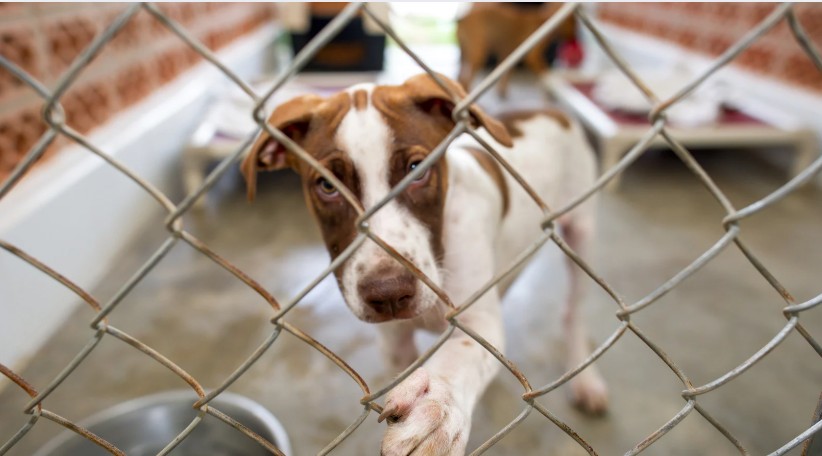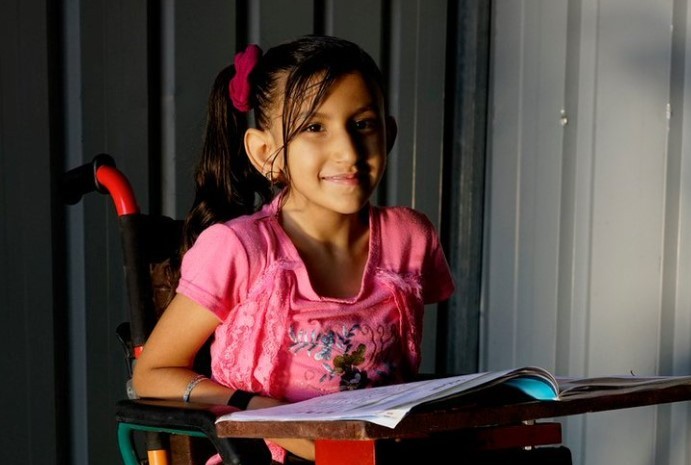July 16, 2025: The Supreme Court’s recent directive to remove all stray dogs from public spaces in Delhi-NCR and relocate them to shelters has triggered both relief and alarm. For some, the order is a long-awaited step toward public safety. For others, it’s a worrying turn away from decades of hard-won progress in animal welfare.
As the dust settles, one thing is clear: the issue is no longer about whether stray dogs should be moved, but how, and at what cost.
The Street Dogs Trigger: A Public Safety Concern Turned Legal Emergency
The Supreme Court’s August 11 ruling responded to a petition citing rising dog bite incidents, overcrowded streets, and a general sense of fear among residents, especially the elderly and children. Citing a “grim” situation, the court questioned the rationale behind returning sterilized dogs to their territories, as mandated under the existing Animal Birth Control (ABC) Rules.
The order calls for the creation of shelters for 5,000 dogs within weeks, supported by sterilization, vaccination, helplines, and surveillance measures. It also warns of legal action against any individual or group obstructing the effort.
The urgency behind the ruling lies in cold statistics: thousands of bite cases reported monthly, and sporadic but high-profile rabies deaths. The court’s language reflected a shift in tone, from accommodation to intervention.
Delhi Stray Dog Ruling Tests Balance Between Rights and Risks

A Parallel Narrative: Concerns from Animal Welfare Advocates
While the court focused on immediate public safety, caregivers, animal rights groups, and volunteers worry about the unintended consequences of the ruling.
Blanket relocation, they argue, risks overwhelming already underfunded municipal shelters. With no clear guidelines on long-term care for the stray dogs, adoption strategies, or shelter monitoring, many fear this could lead to neglect, abuse, or high mortality rates among dogs.
Animal welfare advocates point to successful ABC programs in cities like Jaipur, which saw population control through community-based care and local adoption. Their argument: control is possible without removing animals from their familiar environments.
Sheltering as Solution: Necessary But Not Sufficient
The idea of moving stray dogs to shelters isn’t new, but the scale and pace proposed by the court are unprecedented. Experts say that while sheltering can be part of the answer, it must be done carefully and transparently:
- Shelters must meet minimum standards, adequate space, staffing, hygiene, and vet access.
- Adoption must be built into the system, not left as an afterthought.
- Public feeding and community caregiving should be integrated, not penalized.
Without these, relocation could become a reactive measure that addresses visibility, not viability.
The Middle Path: Can Public Safety and Welfare Coexist?
The debate around stray dogs has long been framed as either-or—either protect animals or protect people. But the court’s ruling opens a third possibility: can both happen at once?
The answer may lie in a phased, accountable model that prioritizes both safety in urban spaces and care for the dogs who’ve long lived in them. That means better enforcement of ABC rules, improved shelter infrastructure, data-backed monitoring, and a coordinated effort between local governments, NGOs, and civil society.
Beyond Delhi: A National Precedent with Local Implications
While the order currently applies only to Delhi-NCR, many see it as a test case. Cities across India are watching closely, some hopeful, others wary. If the implementation fails to balance compassion with control, the ripple effects could set back animal welfare efforts across the country.
What’s at stake is more than just the stray dog population. It’s a question of how India, as a society, chooses to respond to conflict between urban development, human safety, and co-existence with animals.






